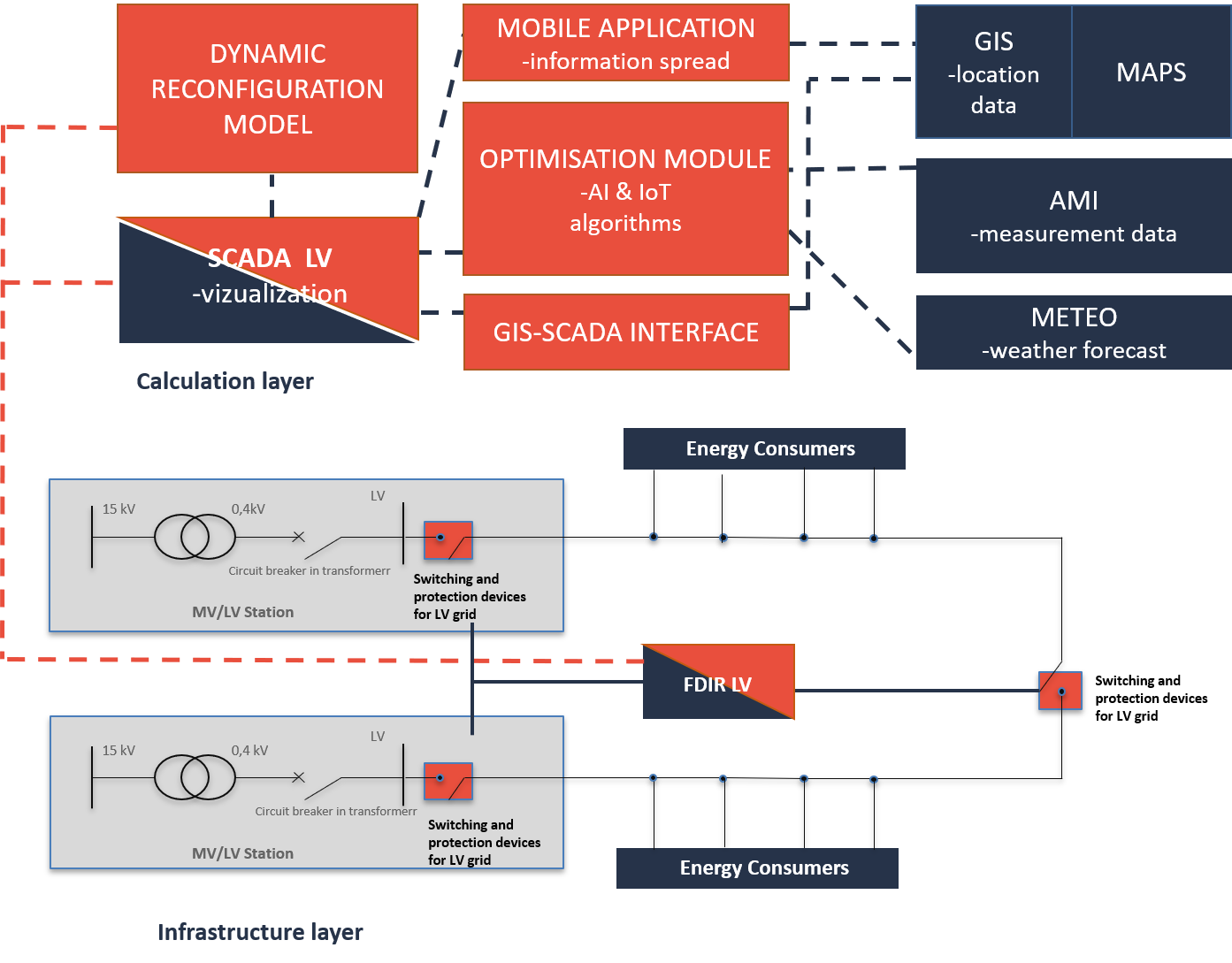
Globema is innovating again! We’re happy to announce that our software labs are launching four brand new research and development projects. We will leverage AI, machine learning, augmented reality, internet of things and more to support our customers.
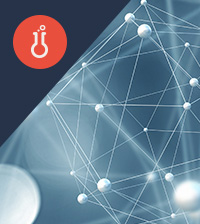
GlobIQ
Voice and image recognition used in data capture.
GlobIQ will be an application supporting data capture in the field. What’s so innovative about it? Data capture will be based on voice commands and image recognition and not on fillable forms. Collected data will be transformed into a structured form, enabling processing in industry-specific systems. As a part of the project, three tailored applications will be developed – for energy, telecommunication, and municipal services.
GlobIQ platform will consist of a number of software components enabling voice & image recognition, analysis, and interpretation. To achieve this, artificial intelligence methods will be used together with additional technologies such as barcode recognition, optical character recognition, electronic distance measurement and more.
GlobIQ in a nutshell
Artificial Intelligence algorithms
Voice and image recognition
Deep learning
AI processing based on technician’s behavior, GPS position, network model
Augmented reality
Voice actuation on electronic glasses, tablet or smartphone
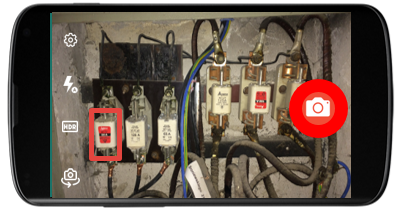
Example of image recognition on mobile devices fot the energy industry: recognition of the type of protection in the energy box.
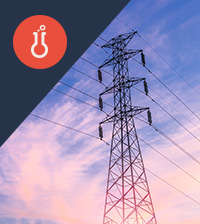
ESRS
Intelligent system for reconfiguration of LV network with a supporting system for field technicians.
The project will be realized by consortium: PGE Dystrybucja, Apator-Elkomtech and Globema.
The aim of the project is to develop a dedicated system to solve two major challenges Distribution System Operators (DSOs) in Poland are facing. The first one is to reduce transmission losses of energy at the LV (low voltage) level. The second one is the improvement of reliability indicators of electricity supply to customers (SAIDI, SAIFI) on the LV.
Within the framework of the project, switches and protection devices will be made, together with an IT module for dynamic optimization of the network. The switches and protection devices will be connected to a calculation module by telemechanic devices. Radio communication offered by M2M telecommunications operators will be used as a communication medium enabling a two-way exchange of information between the system and devices in the depth of network. What’s more, a new device will be developed to monitor the operation of cable connectors, which are not equipped to the telemechanic devices. Communication with the device will be carried out using built-in communication modules based on the LoRa standard. Information from the devices will be transferred to the SCADA system.
The ESRS system will enable connection of the existing infrastructure to a network optimization module for dynamic LV reconfiguration, allowing to optimize energy losses and automatically isolate network areas in which an accident occurs. In addition, the ESRS system will allow faster fault removal thanks to a mobile application that will help to precisely indicate a location of the accident.
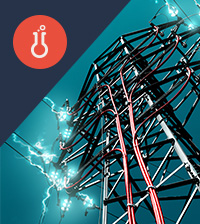
SORAL
System for condition monitoring and failure risk assessment of MV cable lines based on offline diagnostic methods.
The project will be realized by consortium: Energa Operator and Globema.
The project involves the development of a technology for assessing the condition of insulation and the risk of failure of MV cable lines. As a part of industrial tests, a Health Index will be developed for cable line elements. Then, based on the Health Index, a prototype IT system will be prepared to assess the risk of failure in cable lines. The new technology will be verified and calibrated during tests carried out in the pilot area.
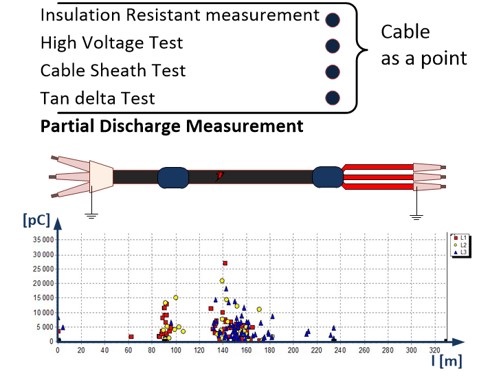
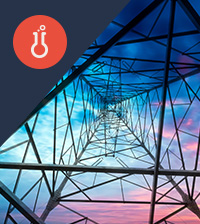
ELGrid 2020
The tool Supporting (r)evolution in forecasting and optimizing power and distribution networks
This is the second phase of the ELGrid project. ELGrid system allows decreasing time needed to collect data on network resources and provides means to decrease distribution loss by 9-10% in the MV and LV parts of distribution networks. Now we will enhance the architecture of the system, improve its user interface and forecasting capabilities. All changes will be based on feedback from first users collected during Phase 1 of the project.
- Reconstruction of architecture (scalable, PostGIS, service model in the cloud)
- New user-friendly GUI (GeoPlatform)
- Data verification tools
- Expansion of calculation functions
- Macrolanguage
- Improvement of efficiency and responsiveness
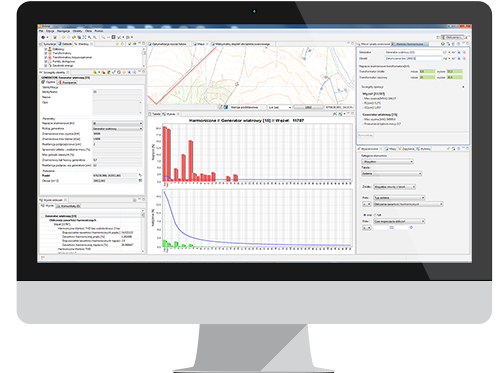
R&D projects are co-financed by:


